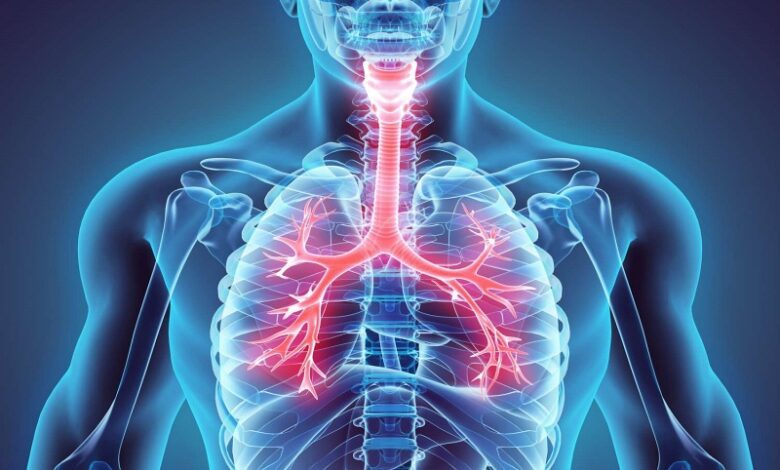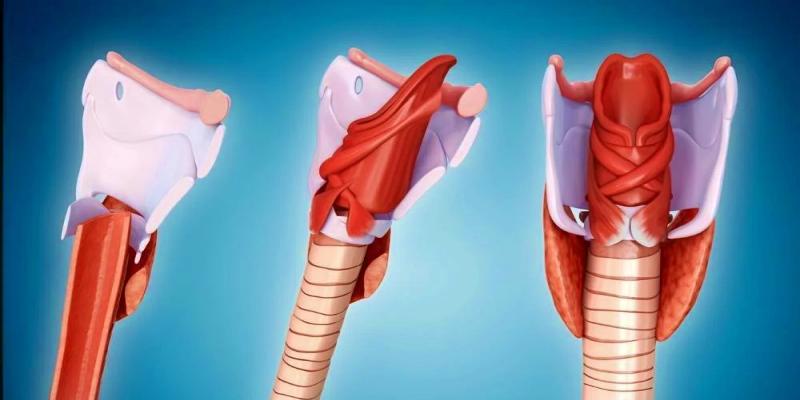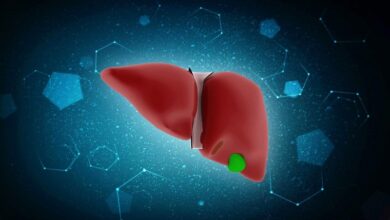Tracheal stenosis: the most important causes and treatment methods

2
Respiratory system diseases and problems are among the most difficult health crises that affect people, and this is because they are linked to the process of breathing and the entry of oxygen into the body. It is worth noting that among the most important of these problems we can mention tracheal stenosis, which occurs in the form of a narrowing of the diameter of the trachea, which is a duct. The main air from the throat to the lungs, which may occur due to birth defects or exposure to some types of injury or medical symptoms, and then leads to suffering from some serious symptoms that greatly affect the health and quality of life of patients. Therefore, we decided today to learn in detail about the most important causes that lead to suffering from tracheal stenosis and methods of treatment and prevention.
What are the most important causes of bronchial stenosis?


What are the most important causes of bronchial stenosis?
There are many common causes that lead to the emergence of this disease, and it is worth noting that they are represented in the following elements:
- Intubation: This is the most common cause of tracheal stenosis.
- Tracheal surgery: In which part of the trachea is removed due to the occurrence of cancerous tumors or some other diseases, which then leads to narrowing in this area.
As for some less common causes, we can mention the following:
- Congenital tracheal stenosis: This condition occurs when some children are born with actual tracheal stenosis due to some type of congenital defect.
- Infections: Which is represented by laryngitis and bronchitis caused by bacteria and viruses, and from here, tracheal stenosis occurs.
- Benign or malignant tumors that invade the trachea.
- Complications after radiation therapy to the head, face and neck.
Read also: The problem of shortness of breath and its causes
What are the symptoms of bronchial stenosis?


What are the symptoms of bronchial stenosis?
When suffering from this disease occurs, some of the symptoms that affect the patient will appear, which are as follows:
- Cough, specifically dry cough.
- The appearance of some problems in the skin and mucous membranes of the nose and mouth areas.
- Suffering from shortness of breath, especially when exercising.
- Whistling and hissing sounds when breathing.
- sadness.
- Fatigue, exhaustion and stress.
- Speaking in a hoarse voice.
- Difficulty swallowing most of the time.
- Frequent bouts of recurrent upper respiratory infections or pneumonia.
What are the complications of bronchoconstriction?


What are the complications of bronchoconstriction?
In general, the condition known as tracheal stenosis can cause many serious complications, which may include the following:
* Respiratory failureSevere stenosis scars in the trachea can lead to failure of the respiratory system, which is very life-threatening.
* Respiratory infectionsNarrow scars in the trachea create many fertile conditions for the growth of bacteria and viruses, which causes complaints of respiratory infections.
* Decreased quality of life: Where the patient suffers from shortness of breath, coughing, and fatigue due to bronchoconstriction scars, which seriously affect the patients’ quality of life.
How are cases of bronchial stenosis treated?


How are cases of bronchial stenosis treated?
There are different and varied treatment methods for dealing with such medical conditions. For clarification, these methods are as follows:
– tracheal dilation: This is performed by using a balloon or stent to expand this pathological narrowing of the trachea.
– Surgery:Where the narrow tracheal part is removed and reconnected to the trachea part, this is called a tracheal transplant.
– Tracheal stent placement: With this treatment method, a metal or silicone stent is placed in the windpipe to maintain the airway in its clear state.
– Support drug therapyWith this medical condition, some medical drugs are used, which are bronchodilators, anti-inflammatory, and anticoagulants, in order to support all therapeutic methods and ensure treatment and recovery.
Can tracheal stenosis be prevented?


Can bronchial stenosis be prevented?
Of course, we can protect ourselves from the risks of this disease as much as possible, as patients may need to make positive changes in daily lifestyles. This happens by eating nutritious food, exercising on a regular basis, and quitting smoking and all tobacco products.
As for the medical regimens that cause this condition, some risk factors should be avoided, such as limiting intubation time, choosing the appropriate size of endotracheal tube, and well controlling underlying diseases inside the body.
In the case of suffering from respiratory diseases, which may include laryngitis, the trachea will need to receive timely treatment.




